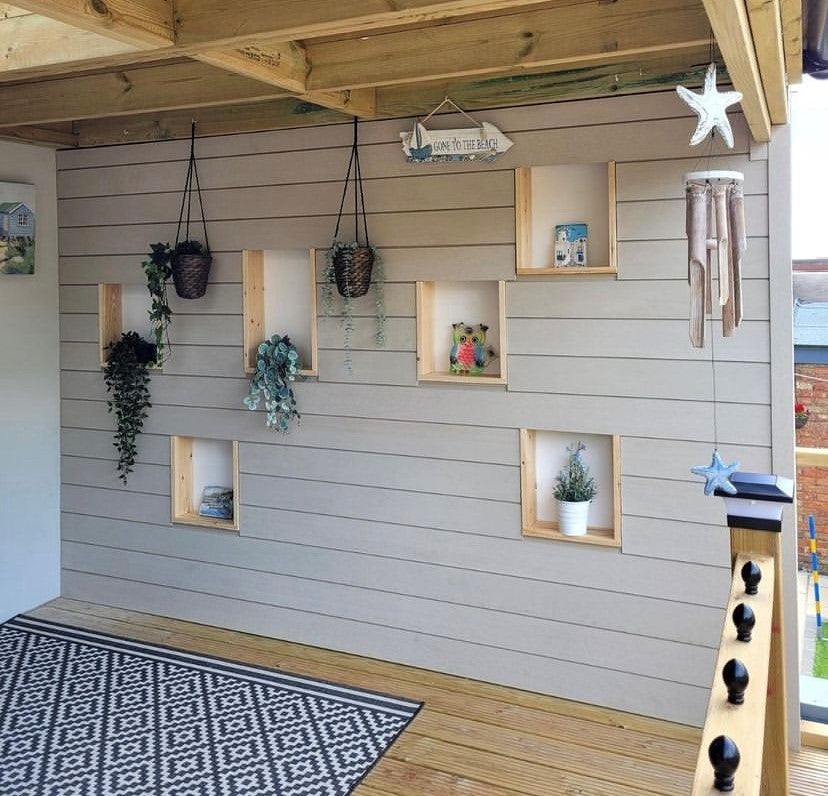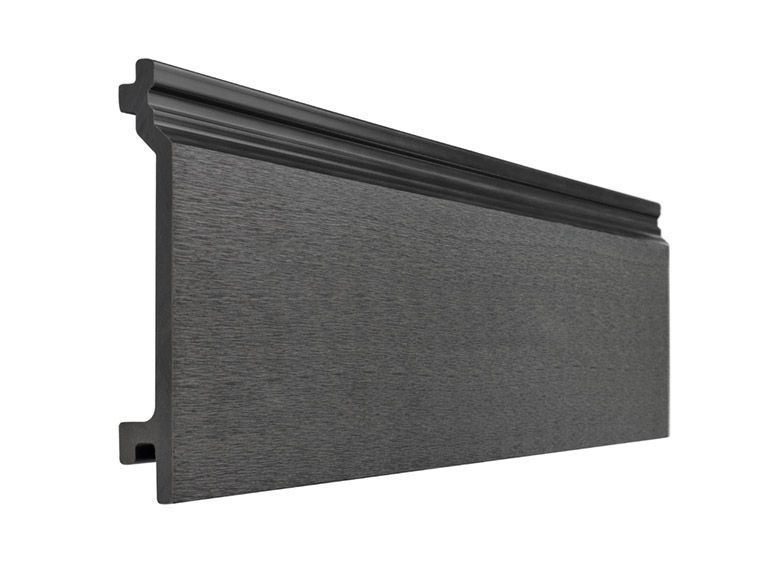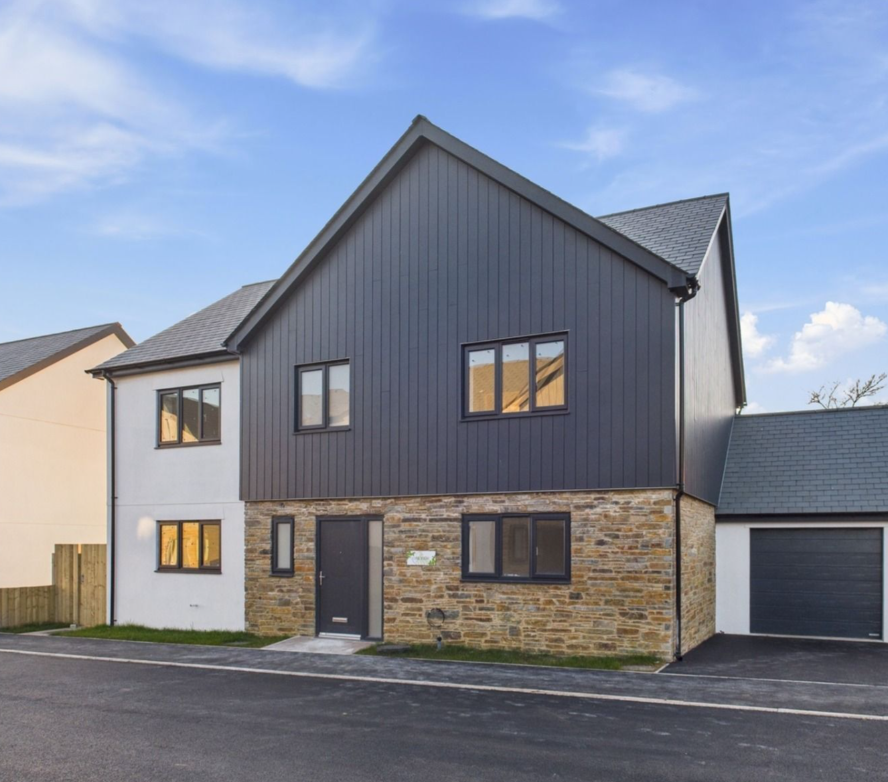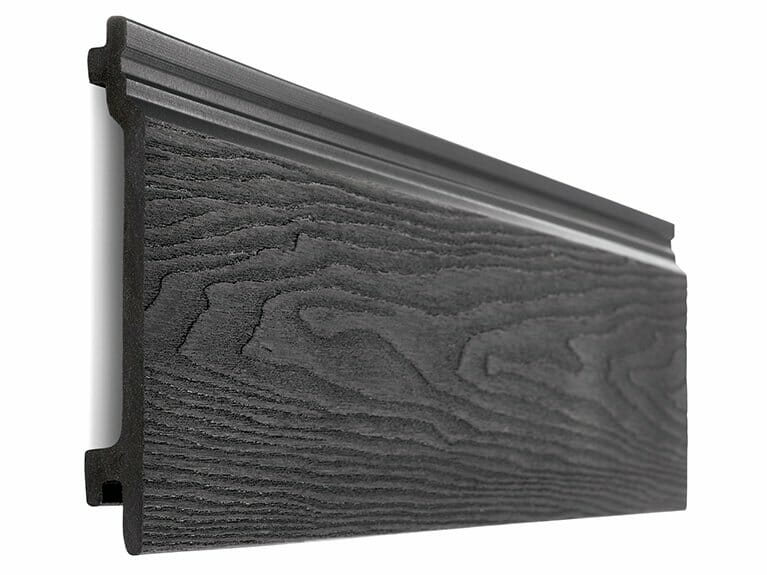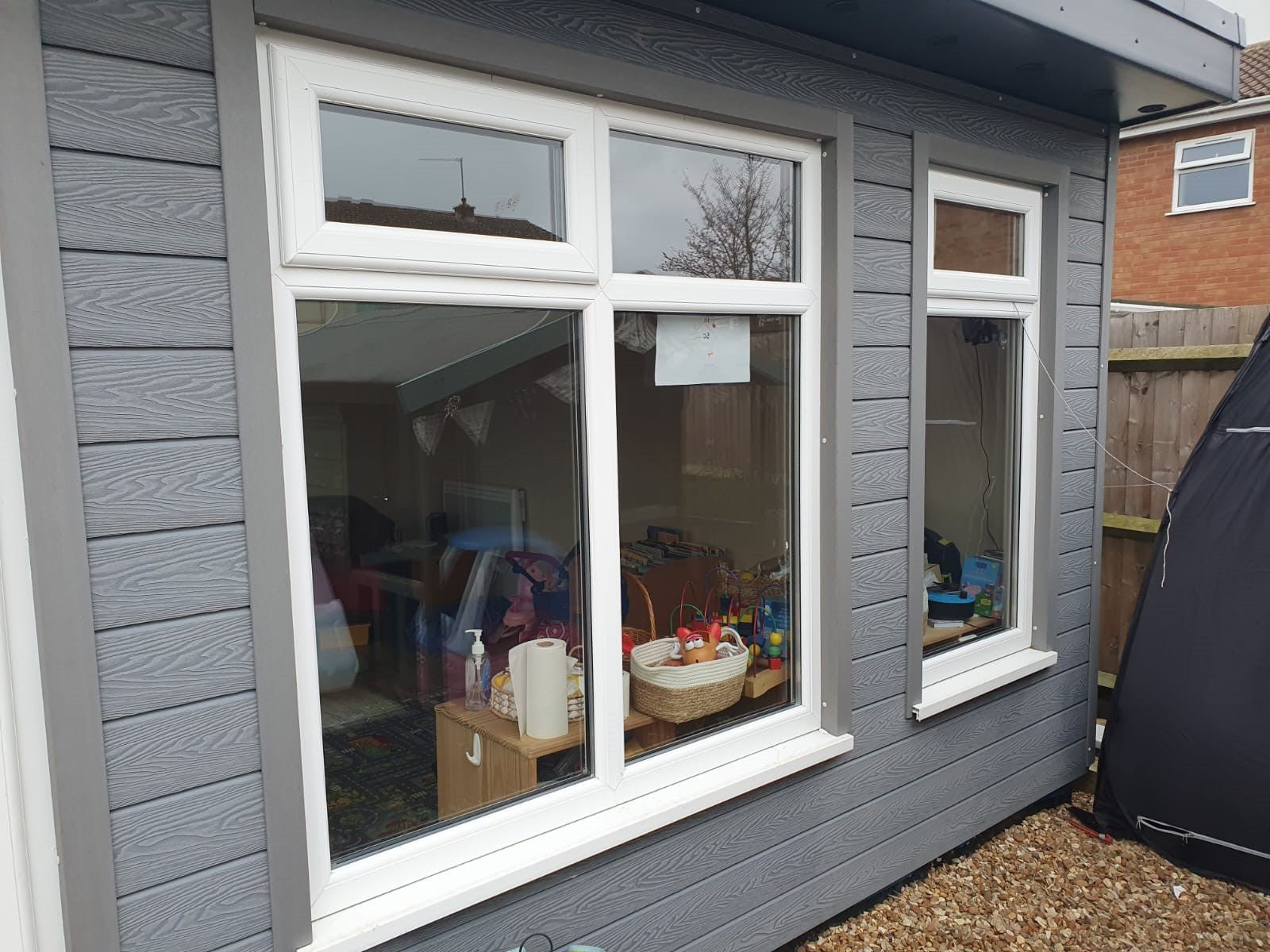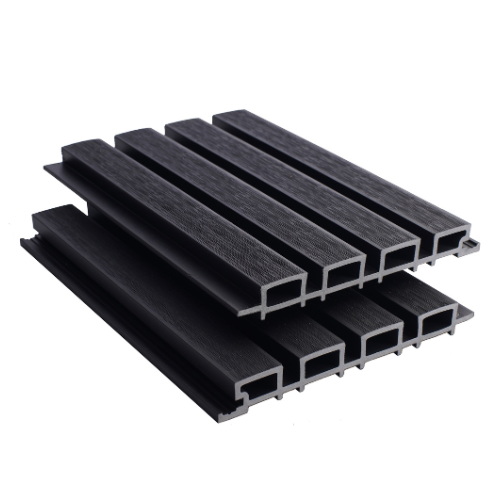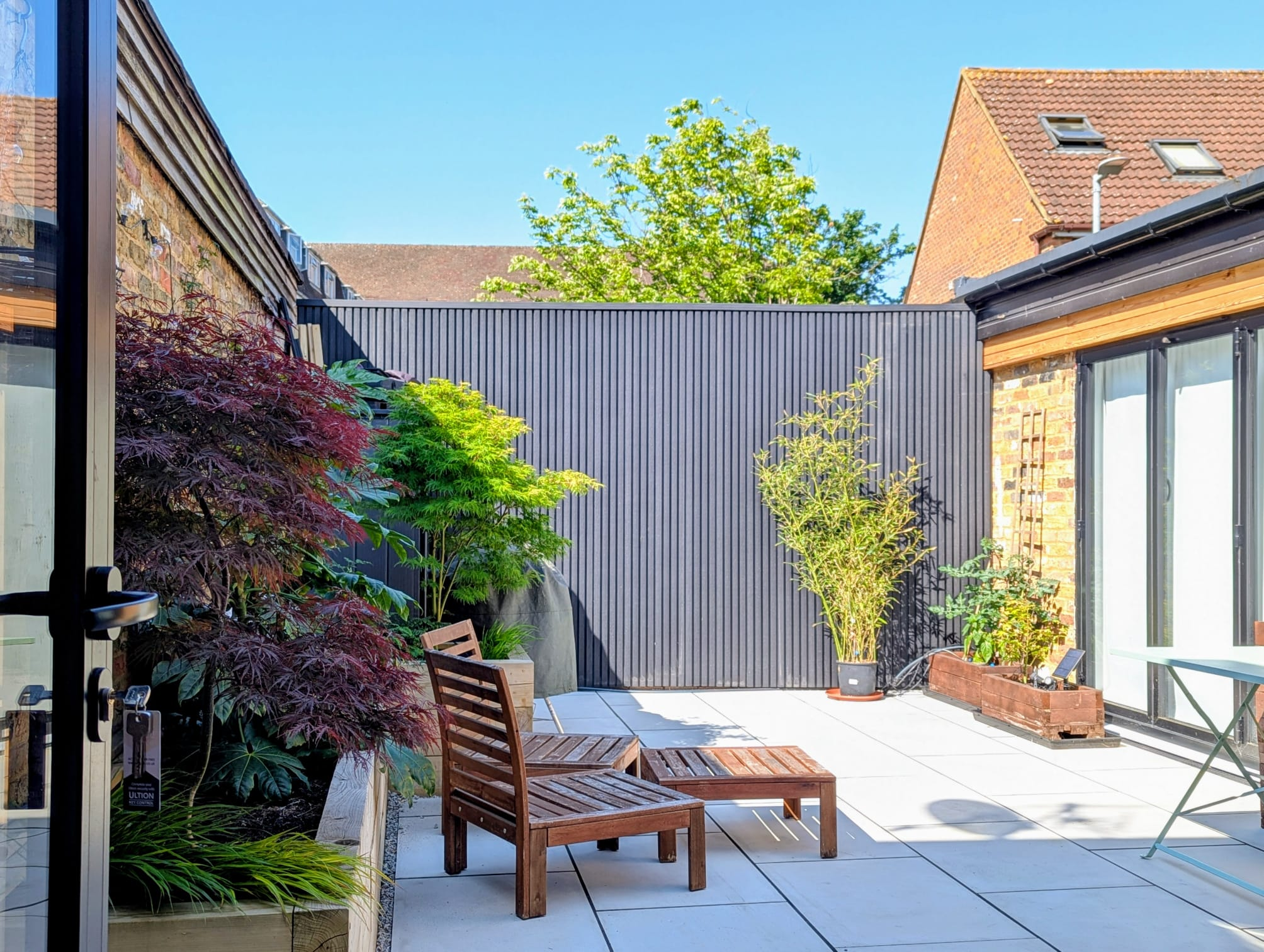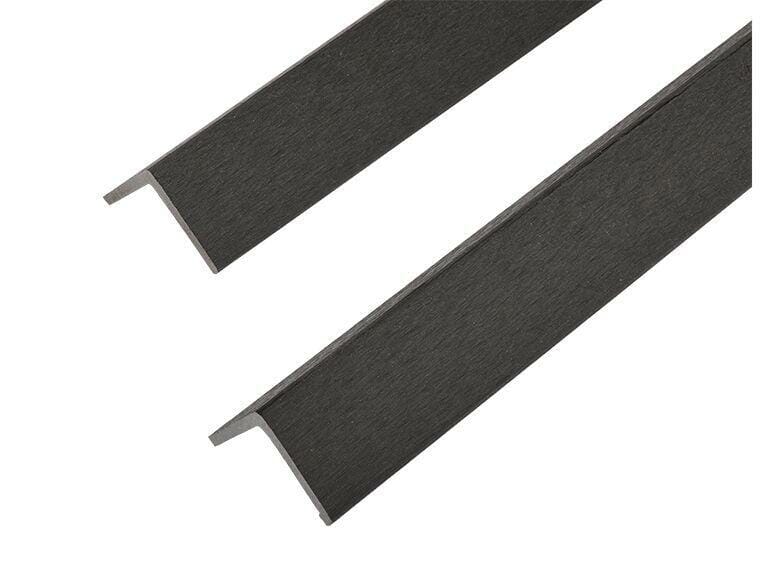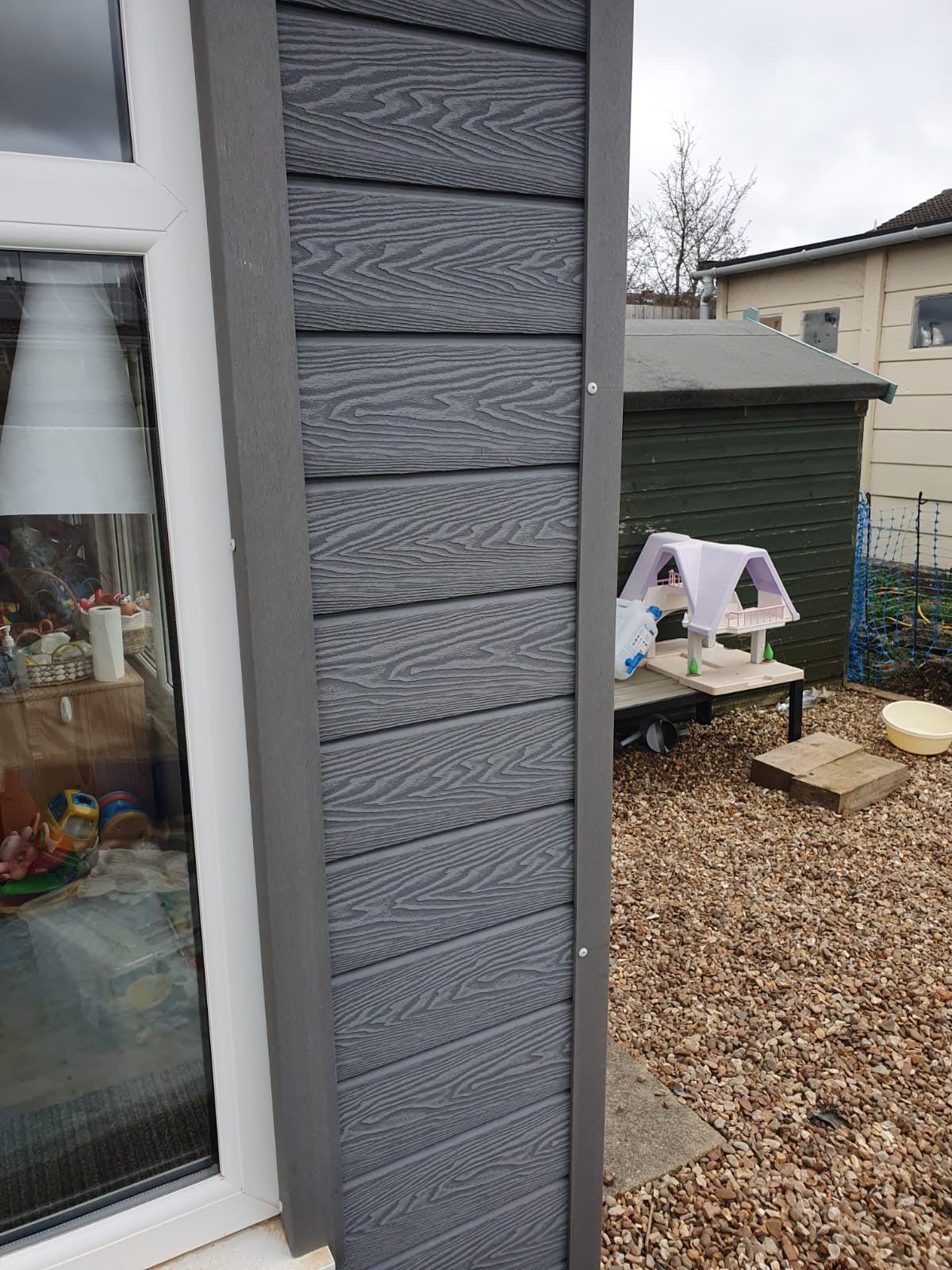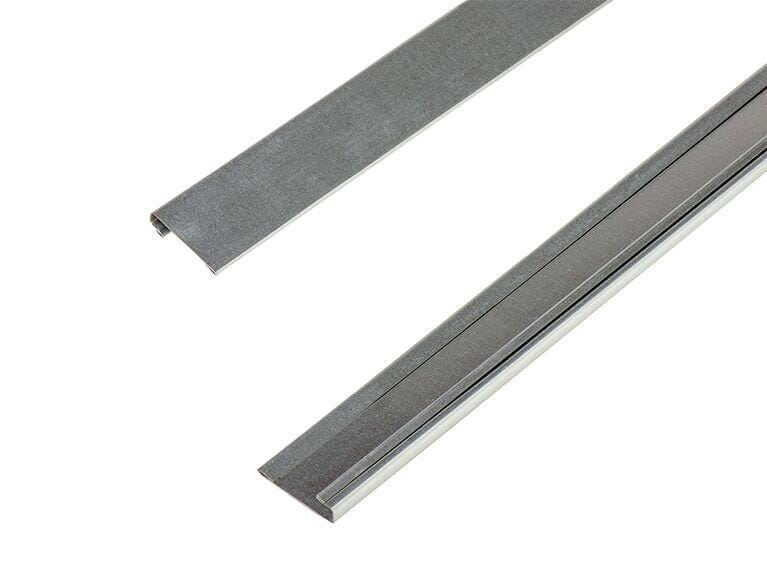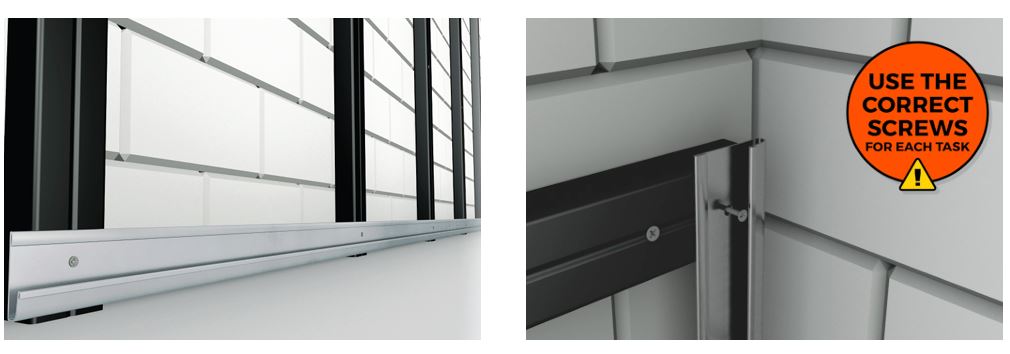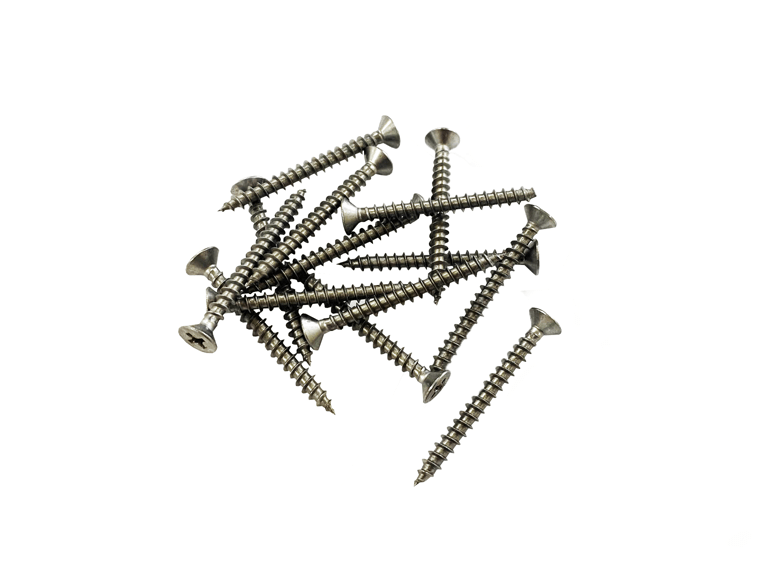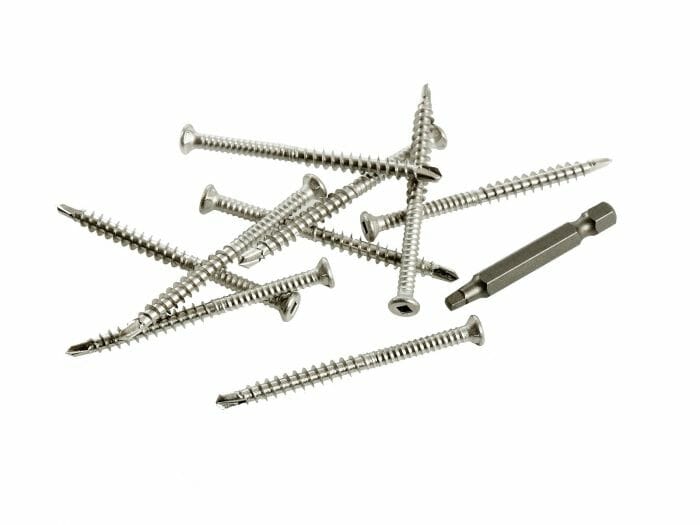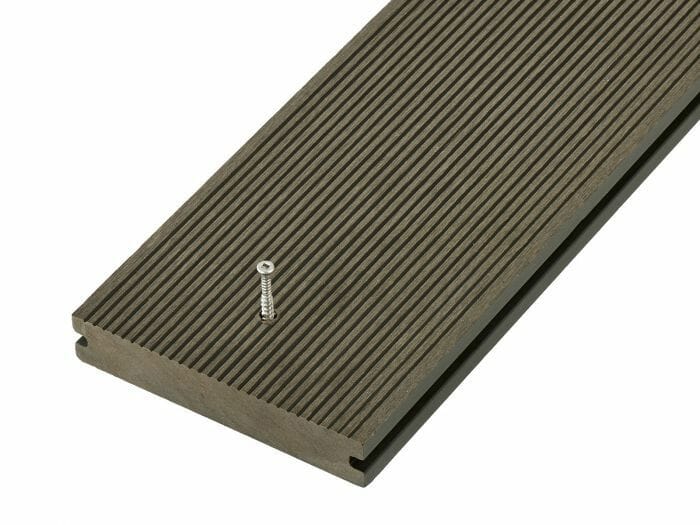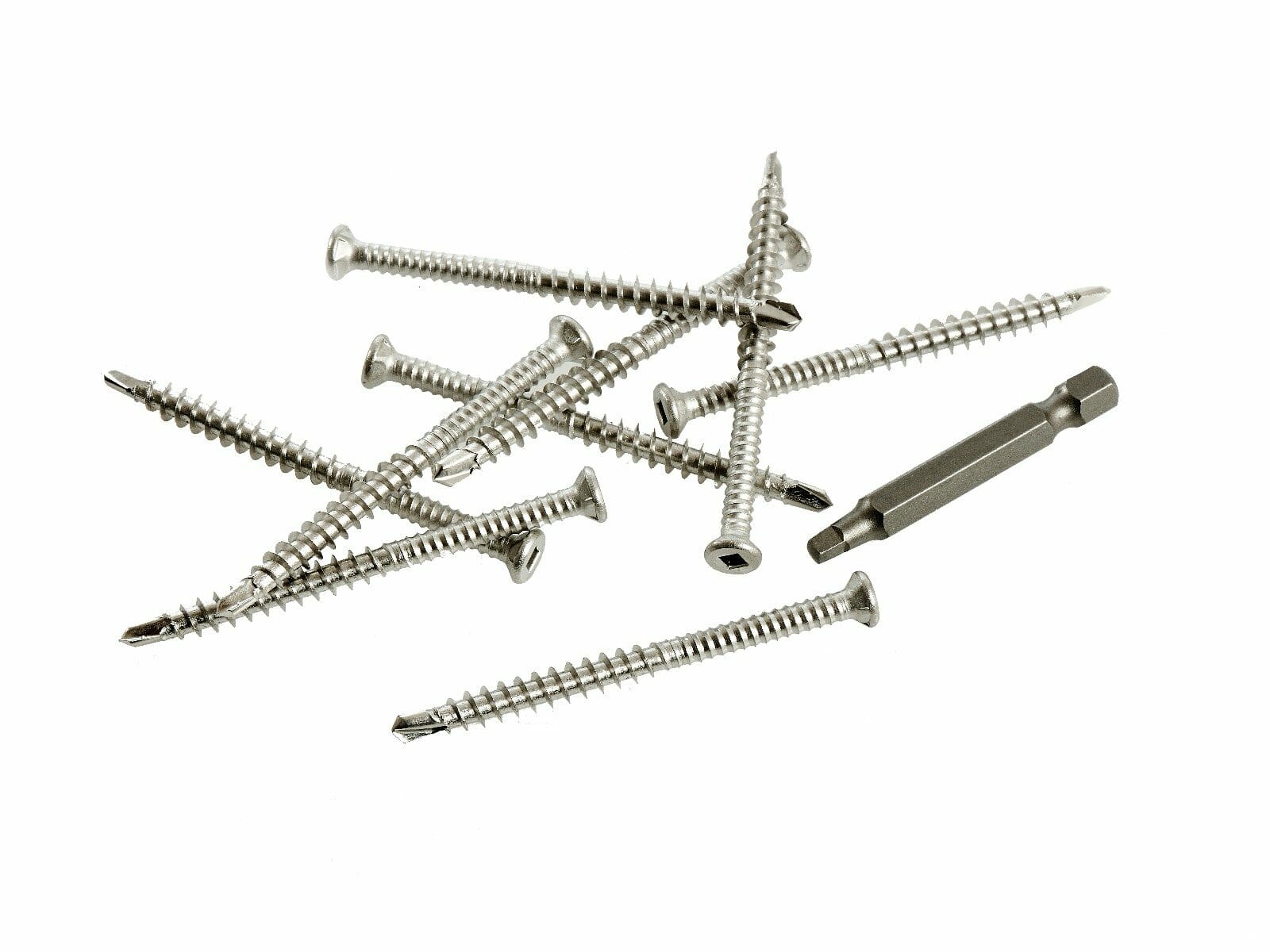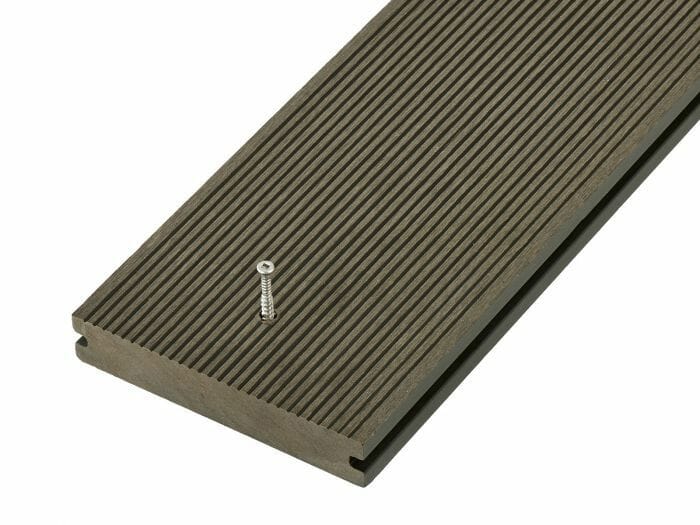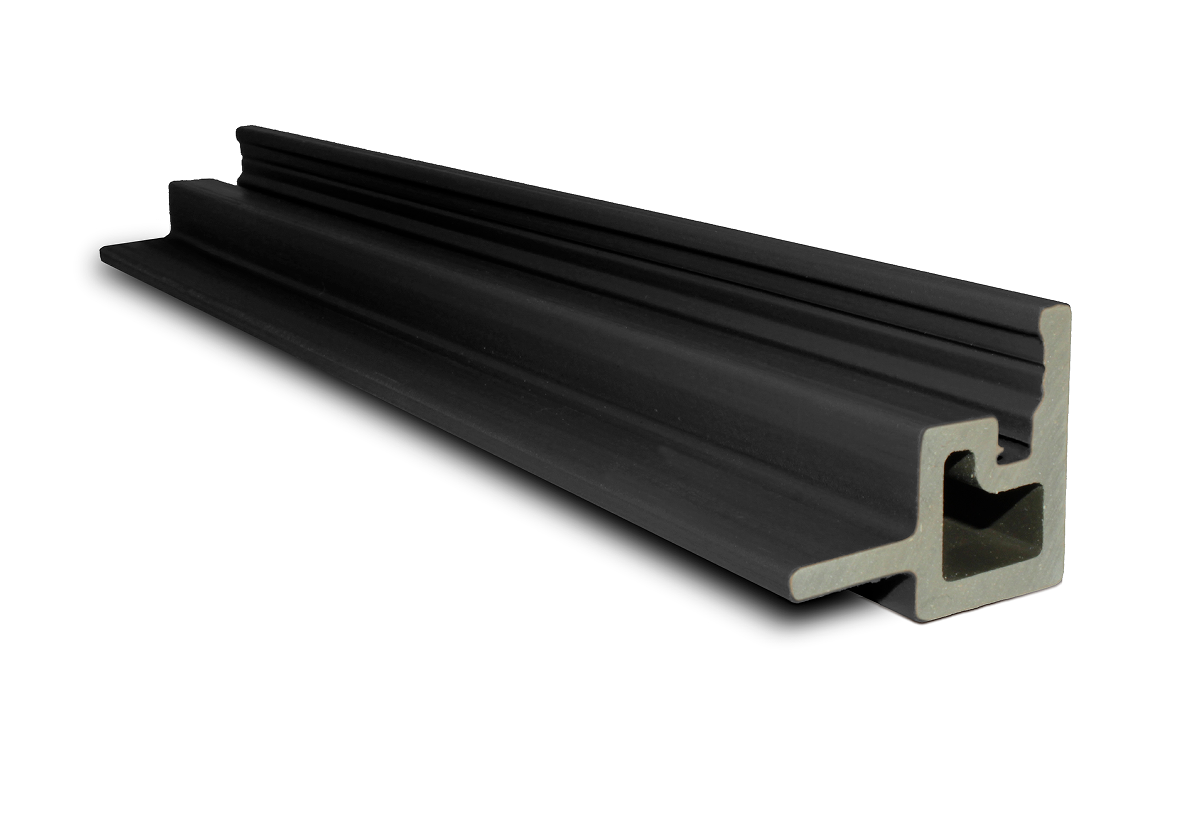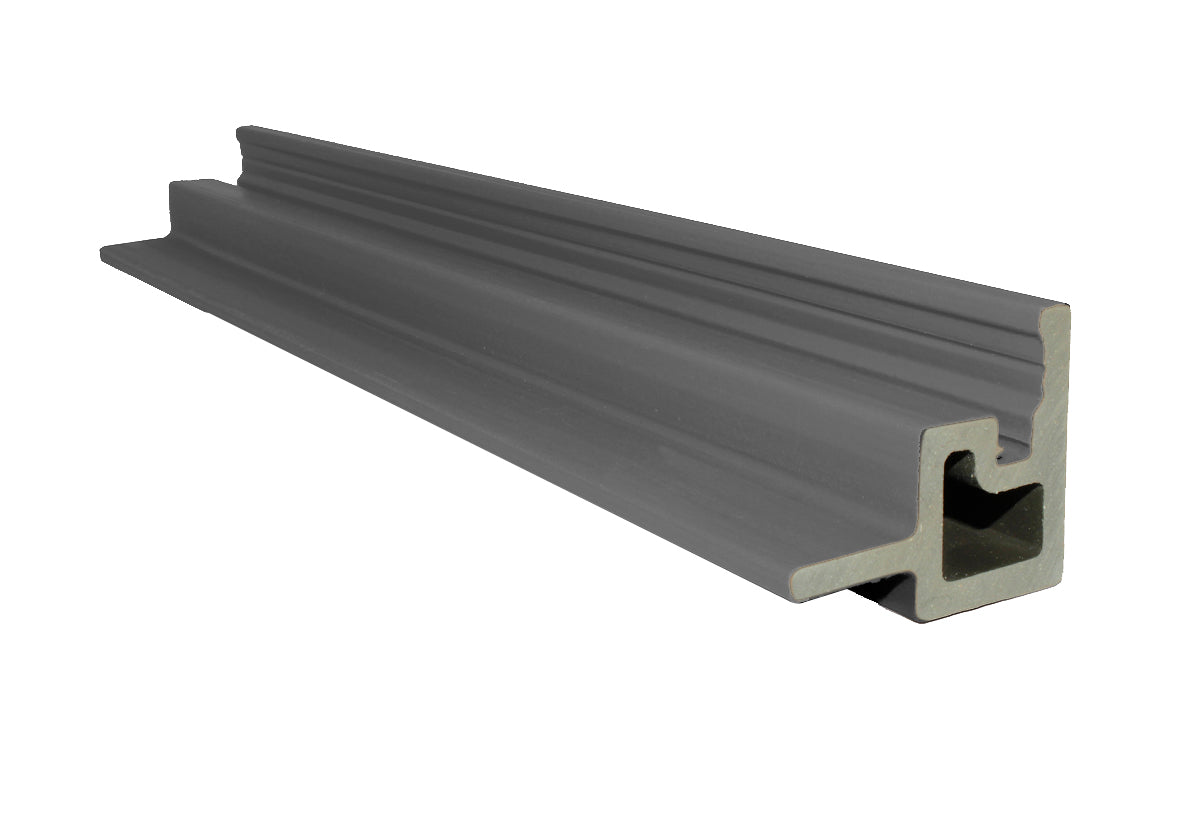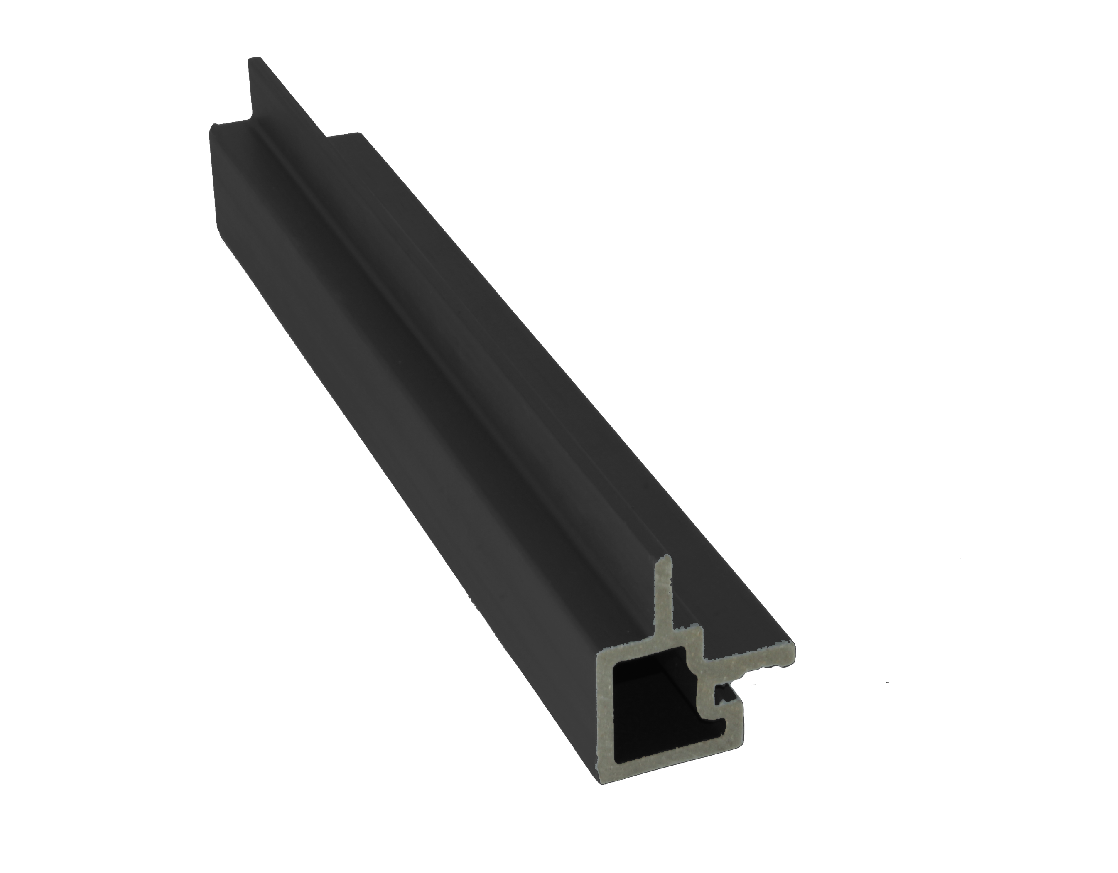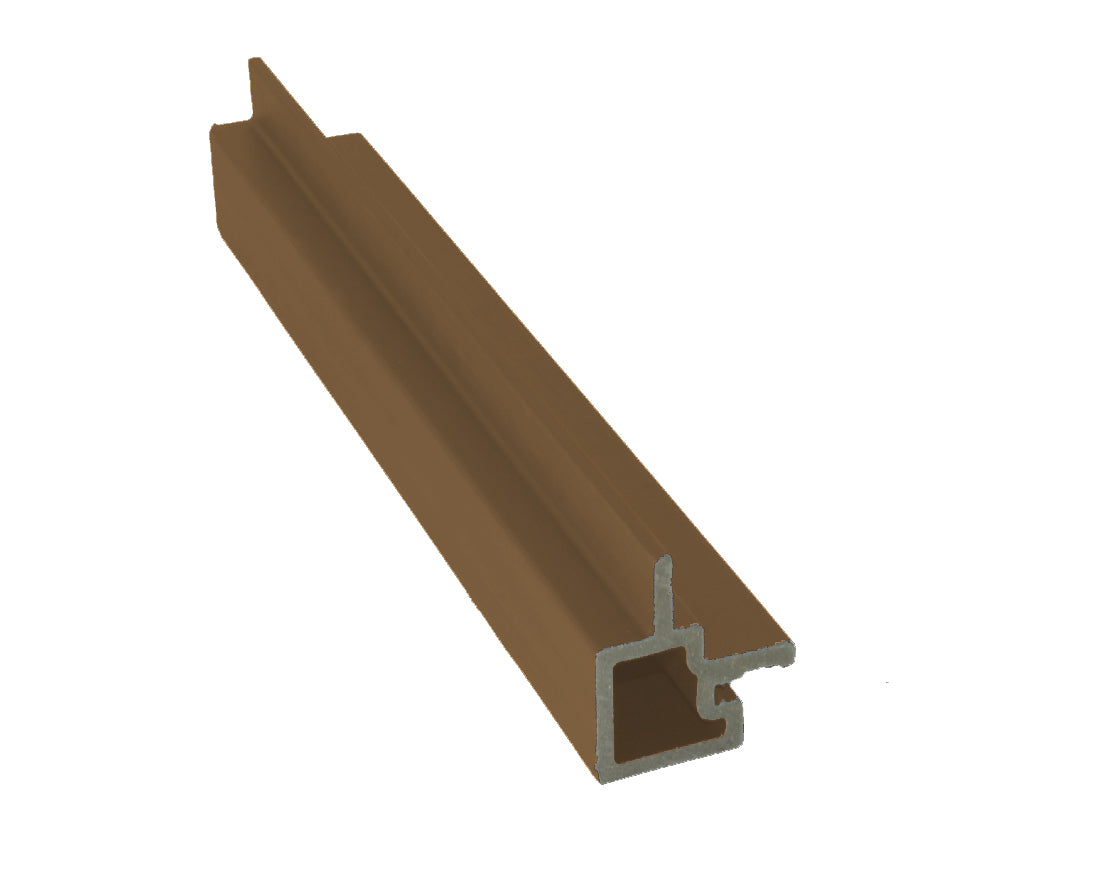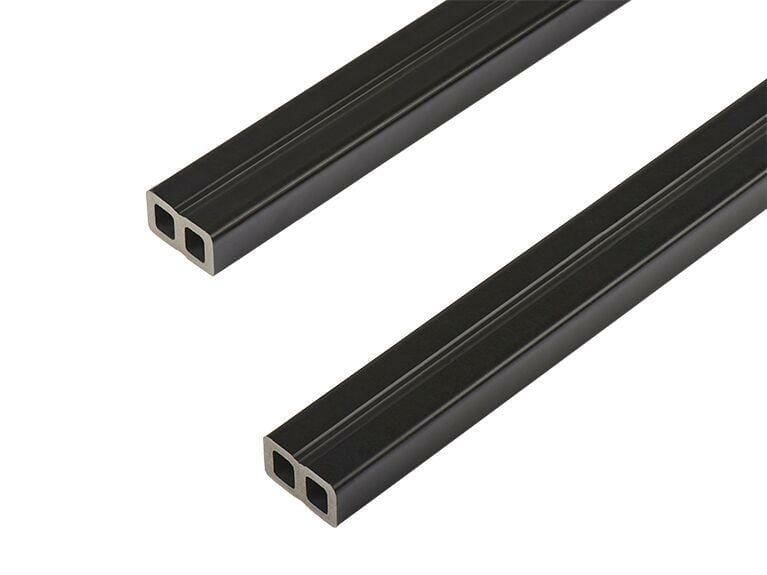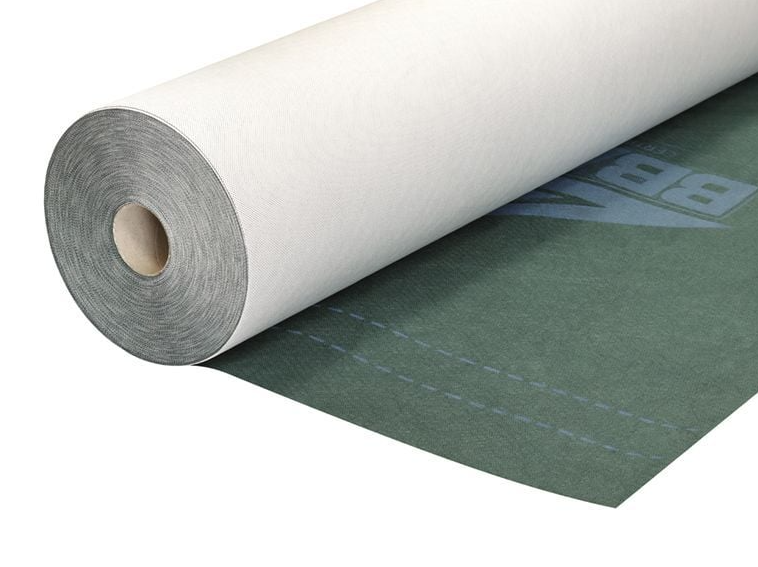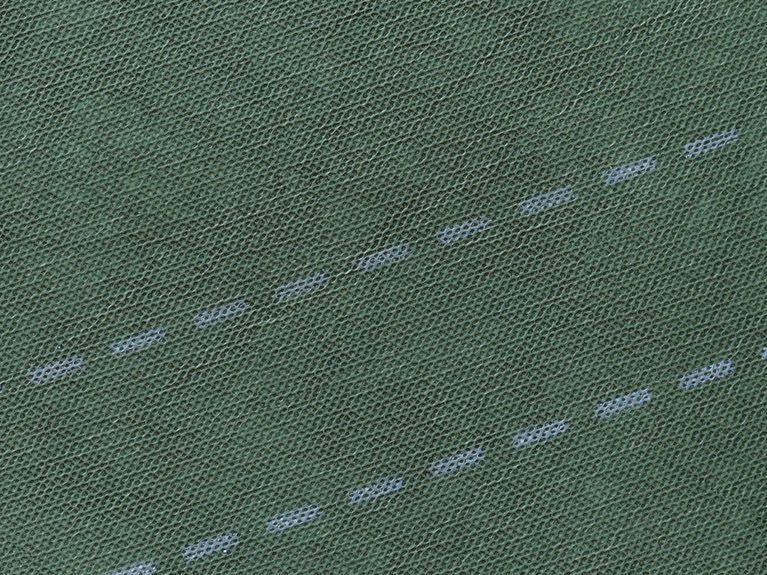When considering composite cladding for your project, one question is commonly asked here in the UK: will it fade over time?
Understanding how composite cladding reacts to the elements is crucial for making an informed decision.
While traditional timber requires frequent maintenance like painting or staining every 2 to 4 years, composite cladding offers a modern alternative that significantly reduces this upkeep.

Composite cladding (charcoal) being used on a garden room in the UK.
What Causes Fading in Composite Cladding?
Fading in composite cladding is a natural process linked to the materials used in its construction.
Remember, composite boards typically consist of:
- 60% FSC-certified recycled wood
- 30% recycled plastic
- Natural wood oils called tannins
Tannins are responsible for the rich initial colour of the boards.
When exposed to rain and weather, these tannins leach out, leading to a lightening of the colour.
This process, called extractive bleeding, is temporary and typically lasts between 8 and 16 weeks but can take up to 6 months in drier climates.
What to Expect During the Fading Process
-
Initial Colour Change
- Most composite cladding will fade slightly within the first 6 months.
- Lighter colours show more noticeable changes as tannins contribute significantly to their original hue.
-
Temporary Tannin Marks
- Rain and wet weather can cause tannin marks to appear, especially if the boards were installed during a dry period.
- These marks disappear naturally after several wet-dry cycles or can be accelerated with regular cleaning.
-
Post-Tannin Fading
- After tannins leach out, the boards will experience minimal additional fading due to UV exposure.
- UV stabilisers in composite cladding reduce the long-term impact of sunlight.
For additional care tips, check out our range of composite guides.

Example of the natural oils in the cladding.
How to Manage Fading and Tannin Marks
While fading is natural, there are ways to ensure your composite cladding looks its best:
-
Regular Cleaning
Wash your cladding with water and let it dry several times to speed up the tannin-leaching process. We supply a well-known composite revived which you can find here. -
Weather Exposure
Allow rain and sunlight to weather the boards over time naturally. After 6 months, the tannin marks should disappear entirely. -
Choose UV-Stabilised Boards
High-quality options like those supplied by Trade Warehouse include UV stabilisers to minimise long-term fading.
Advantages Over Timber Cladding
Unlike timber, which requires varnishing, painting, or staining every few years, composite cladding provides a low-maintenance alternative:
- No Need to Paint or Stain: Composite boards maintain their aesthetic appeal without frequent upkeep.
- Weather Resistance: Withstanding wet British summers and harsh winters, they are far more durable than timber.
- Cost-Effective Over Time: Reduced maintenance saves money compared to the ongoing care of timber. See the comparison to other materials in the How Expensive Is Composite Cladding guide.
Check out our range of composite trims for seamless installations: 2.2m Composite Corner Trim – 60mm x 50mm.

A table summarising whether or not composite cladding fades over time.
How Long Does Composite Cladding Actually Last?
Thanks to its durable composition, composite cladding offers a lifespan far exceeding traditional timber.
While tannins may show in the early months, the boards are engineered to endure for decades with minimal colour change. To ensure optimal performance, proper installation is key.
FAQs
1. Can Tannin Stains Be Removed Quickly?
Yes, you can wash your cladding with water to expedite the process.
However, the stains will naturally fade after several rain-dry cycles.
2. Do UV Rays Affect Composite Cladding?
Most composite boards experience minor fading due to UV exposure. UV stabilisers significantly reduce the impact.
3. How Does Composite Compare to Timber in Maintenance?
Composite cladding eliminates the need for regular painting, staining, or sealing, making it a more cost-effective and convenient choice in the long run.
Closing Thoughts
While all composite cladding experiences some initial fading, this natural process is short-lived and minimal compared to the upkeep required with timber.
High-quality boards, such as those in our composite cladding collection, offer long-term durability with UV stabilisers to reduce fading.
With proper care and installation, composite cladding remains a stylish, low-maintenance solution for years to come.
Ready to enhance your home or commercial space? Explore our composite decking and internal wall cladding for more design inspiration.


